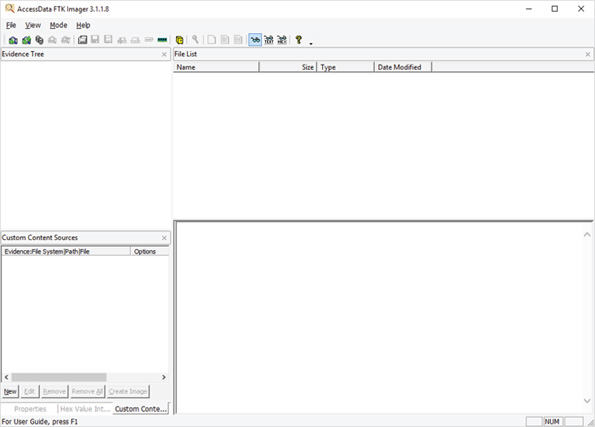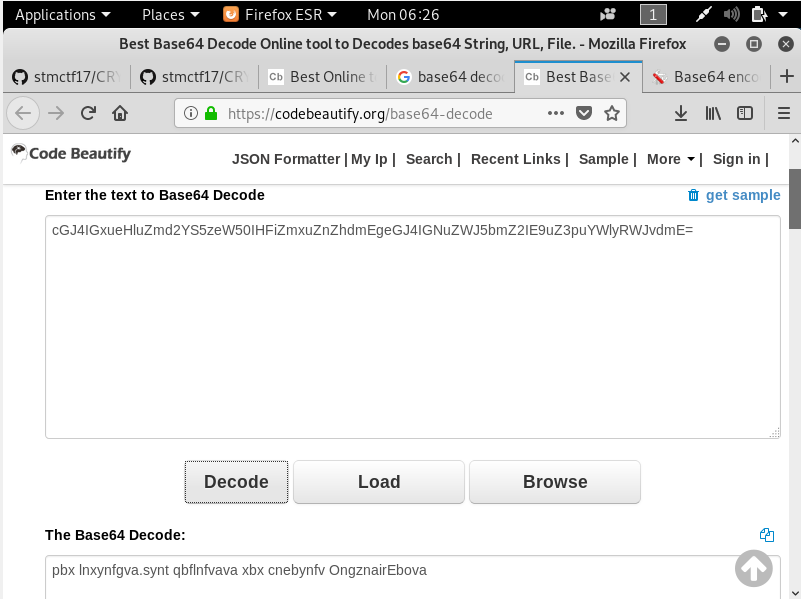

- #Accessdata ftk imager md5 install#
- #Accessdata ftk imager md5 verification#
- #Accessdata ftk imager md5 free#
- #Accessdata ftk imager md5 windows#
Vote based on the quality of the content. Topics include digital forensics, incident response, malware analysis, and more. This subreddit is not limited to just the computers and encompasses all media that may also fall under digital forensics (e.g., cellphones, video, etc.). The field is the application of several information security principles and aims to provide for attribution and event reconstruction following forth from audit processes. We also need a device to save the image itself, so it is recommended to use a flash drive with enough space not only for copying the FTK Imager folder, but also to store the Memory dump and the Hard Disk image of the machine we have imaged.A community dedicated towards the branch of forensic science encompassing the recovery and investigation of material found in digital devices, often in relation to computer crime. Now we have a flash drive, which we can use to image any machine we need to analyze.
#Accessdata ftk imager md5 verification#

FTK Imager gives us the option to capture the memory of a running system and choose where to store it. In most cases, we should follow the order of volatility, first and foremost target the data that will be removed on system shutdown. We are welcomed by the FTK Imager window and we can start our imaging.įrom here we have multiple options to what we can capture. Inserting our newly configured flash drive in the machine to be imagined, we can navigate to the folder where we copied the tool and run it. It is of vital importance to document extensively everything with do, starting with at what time we insert the flash drive, what exactly we run from the flash drive and when we remove the external device. This means that we need to be very careful about how we image a suspicious machine, so we don't bring too many changes to it and maybe pollute or change the available evidences.
#Accessdata ftk imager md5 windows#
#Accessdata ftk imager md5 install#
In the case of a Windows OS, any programs we install or run, multiple places will be updated with information about our actions on the machine. An important thing we need to keep in mind is that anything we do on a machine, brings changes to the system we want to image.
#Accessdata ftk imager md5 free#
The FTK Imager tool is easy to use and more importantly, there is a free version. There are different tools available to do this, but the one I most often use is FTK Imager by AccessData. In the process of analyzing a suspicious machine, the first thing we need to do is to actually image the machine we want to investigate.


 0 kommentar(er)
0 kommentar(er)
